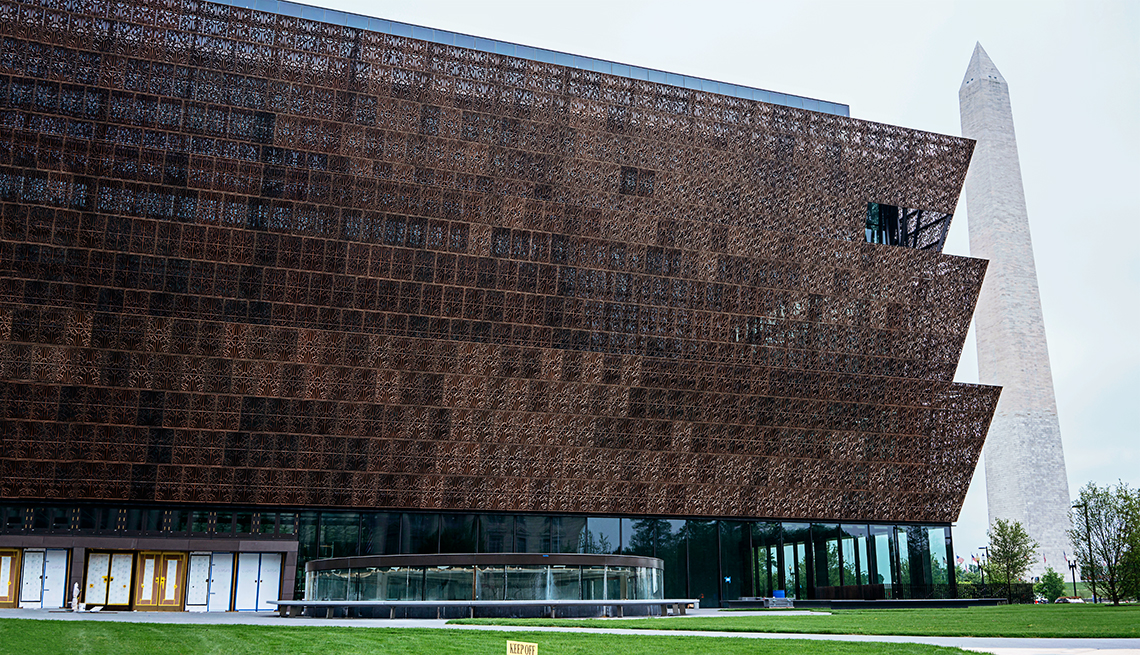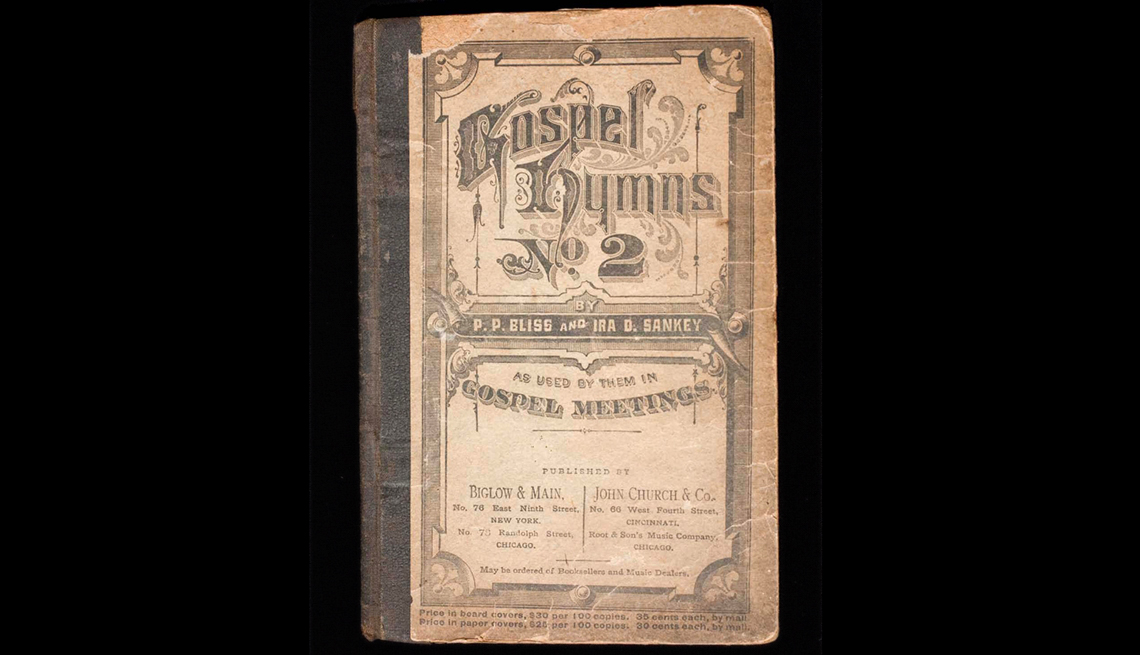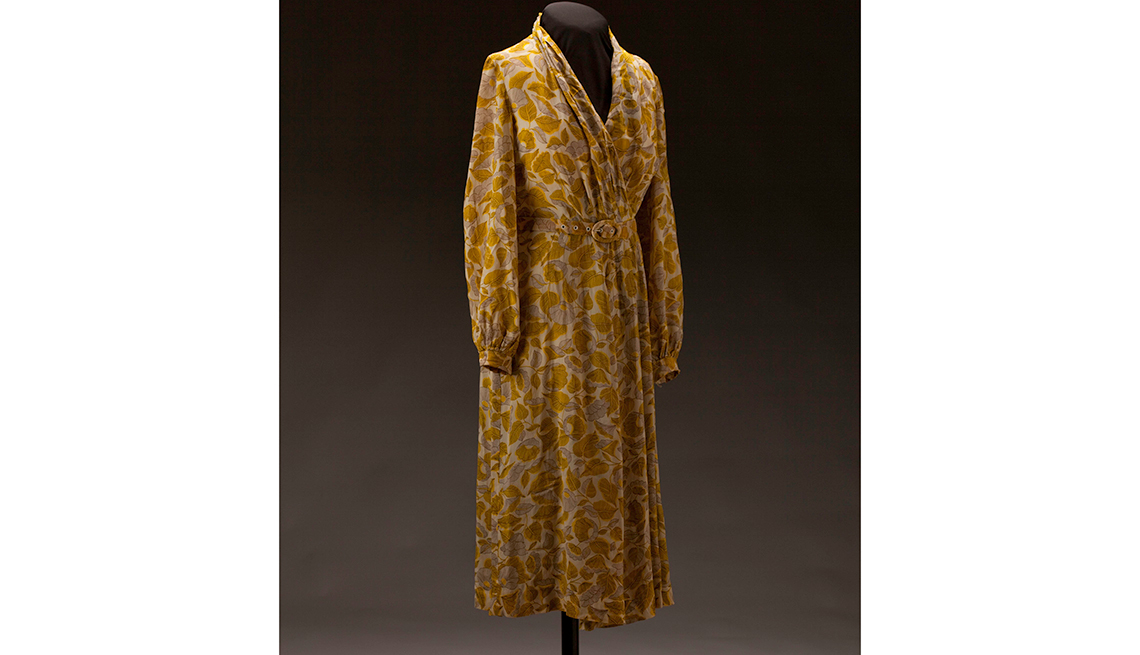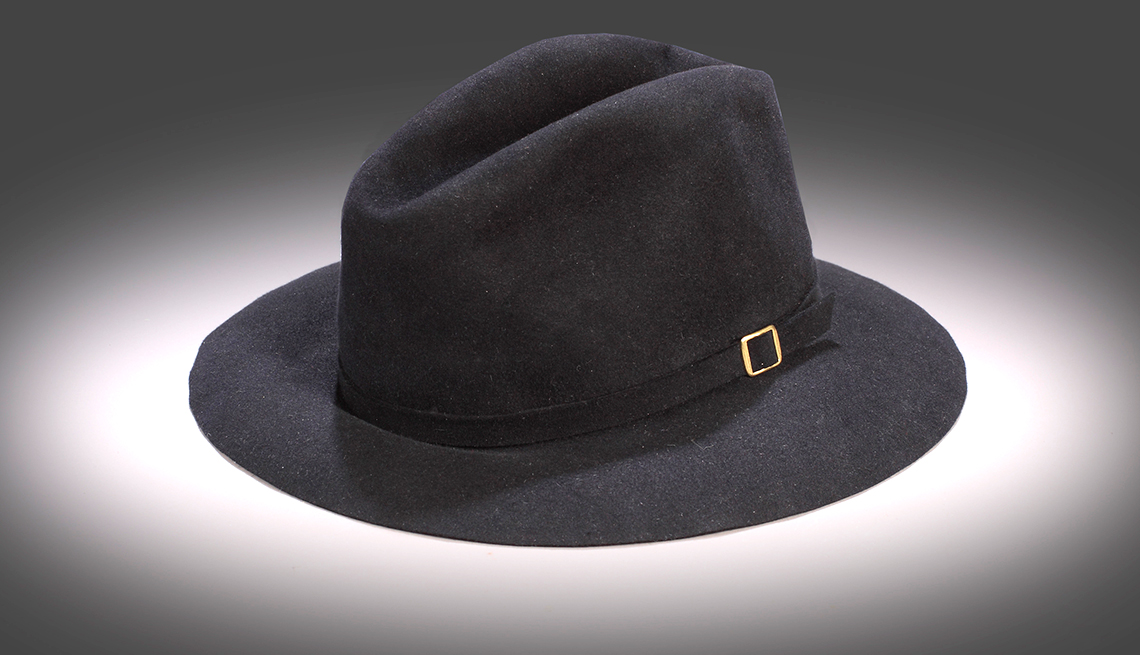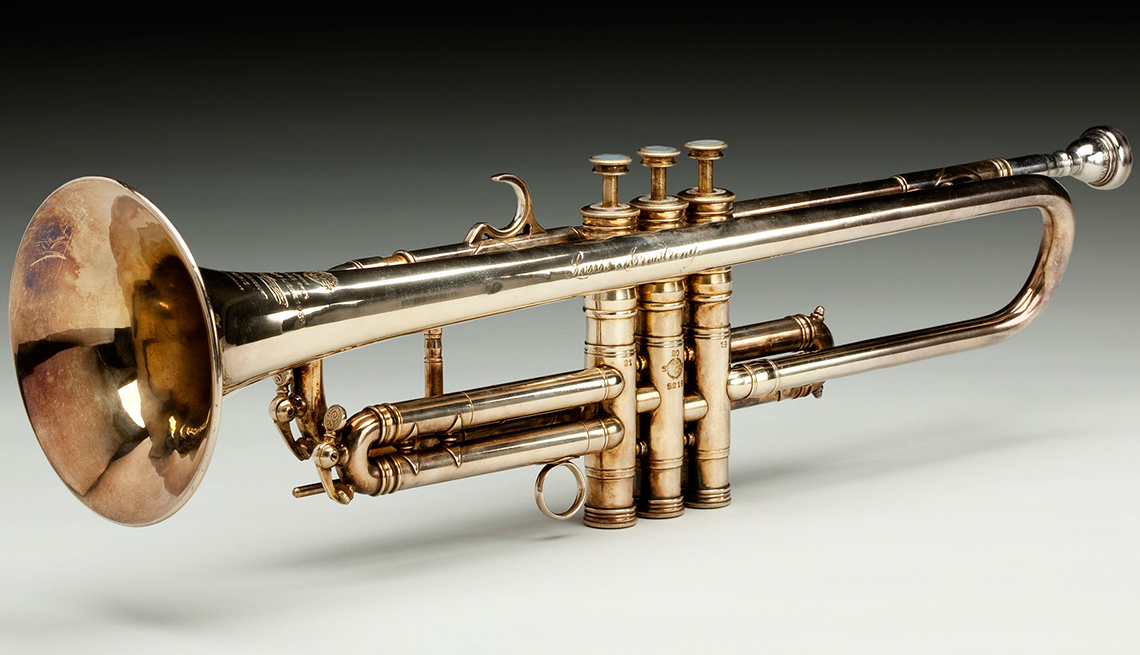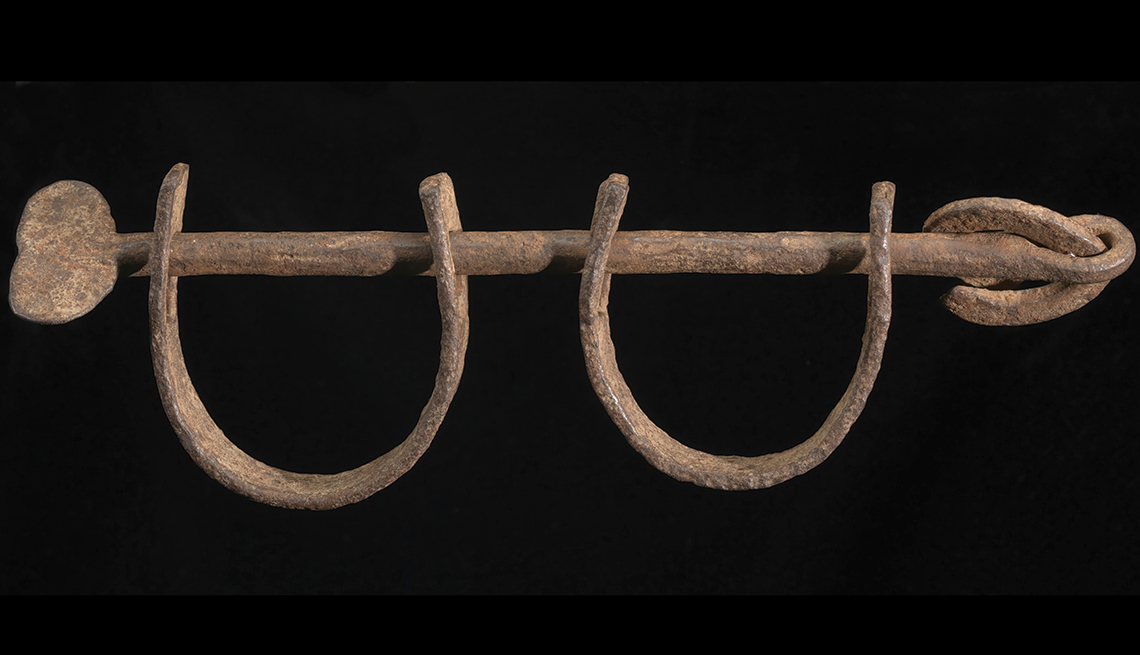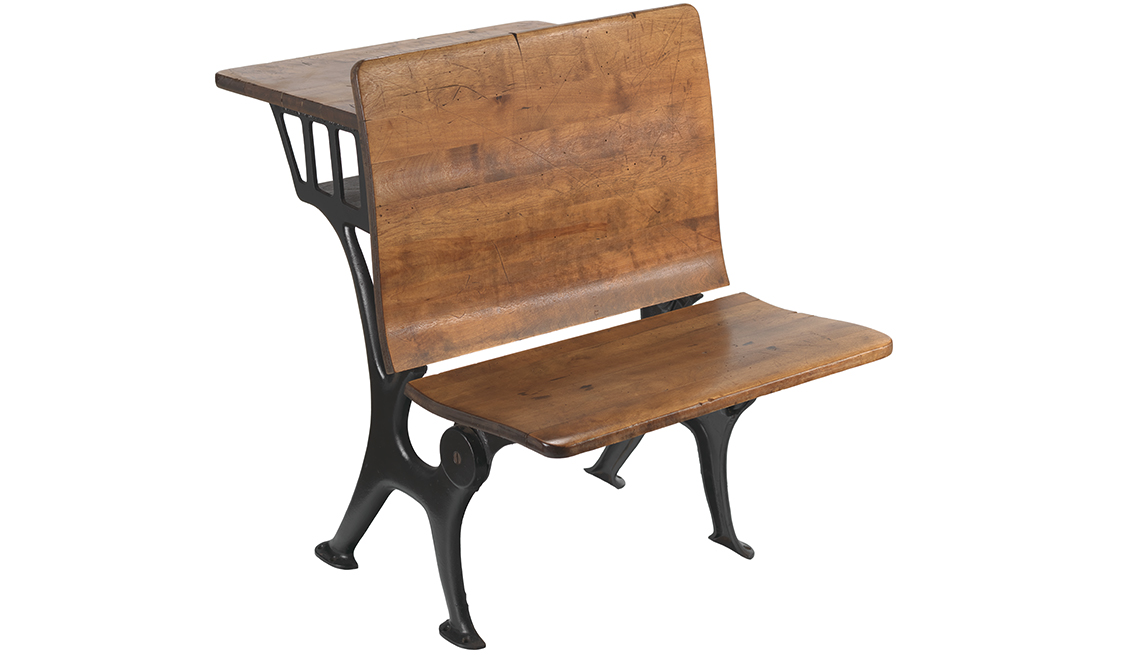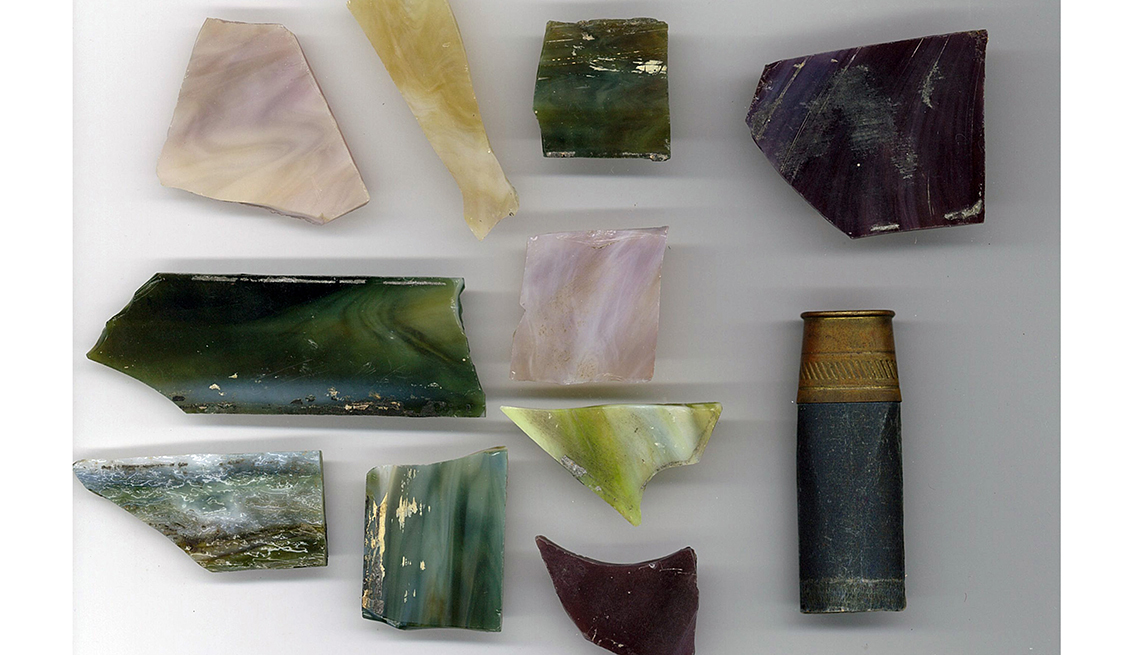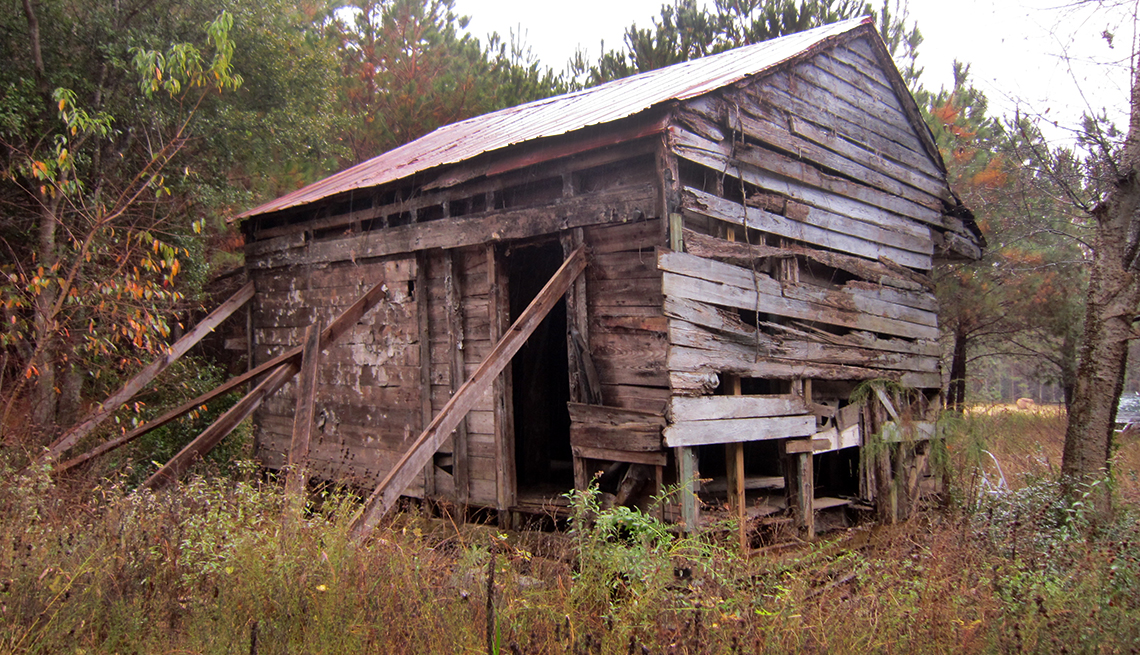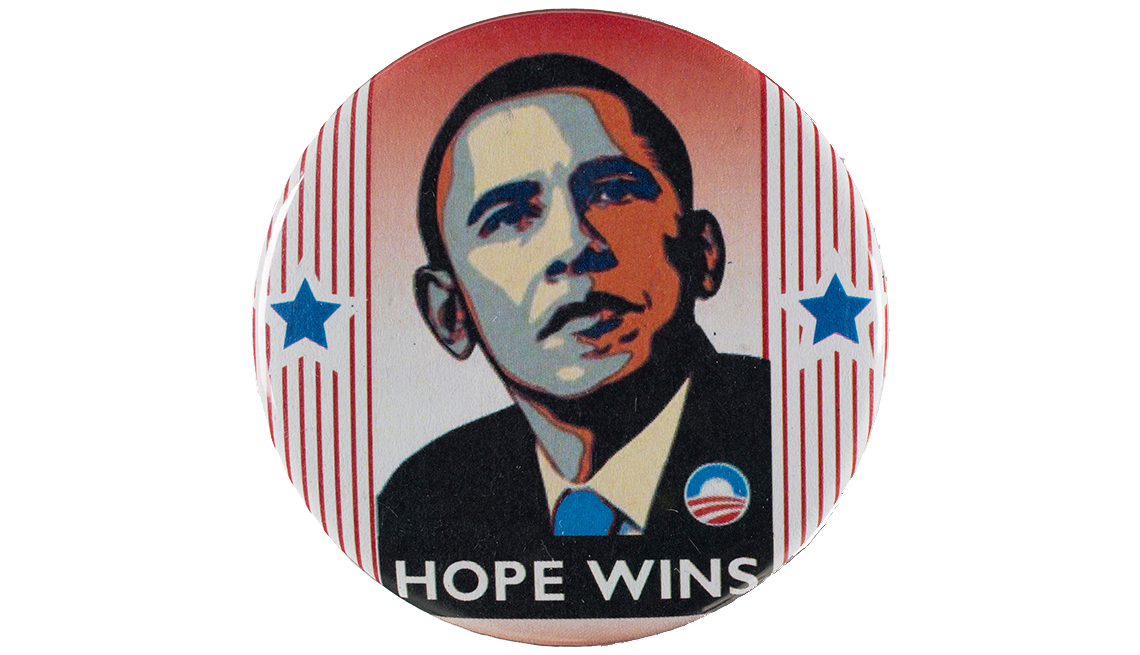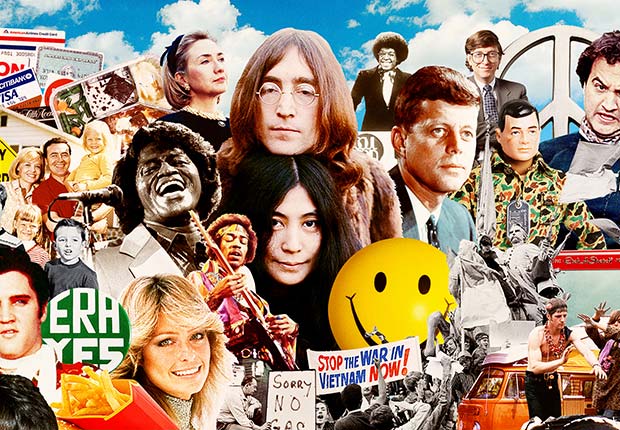10 Must-See Items at the African American History Museum
Don’t miss these rare artifacts showcased in the newest addition to the Smithsonian
by Barbranda Lumpkins Walls, AARP, September 2016
-
Greg Kahn
Peek Inside
En español | The National Museum of African American History and Culture on the National Mall is steps away from iconic landmarks, including the Washington Monument, the Lincoln
Memorial and the Jefferson Memorial.1 of 13 -
Collection of the Smithsonian National Museum of African American History and Culture
Freedom Songs
Harriet Tubman’s hymn book, circa 1876, was donated to the Smithsonian collection by historian Charles Blockson. The hymnal, bound in paperboard and cloth, bears the famed abolitionist’s name handwritten on the inside cover.
2 of 13 -
Collection of the Smithsonian National Museum of African American History and Culture
A Stitch in Time
Civil rights activist Rosa Parks was working on this mustard print dress shortly before she was arrested for refusing to give up her seat on a segregated bus in Montgomery, Ala., on Dec. 1, 1955.
3 of 13 -
Collection of the Smithsonian National Museum of African American History and Culture
Proper Topper
Michael Jackson sported this black fedora during the 1984 Victory Tour with his five brothers that crisscrossed the United States and Canada.
4 of 13 -
Collection of the Smithsonian National Museum of African American History and Culture
Flying High
This restored, open-cockpit Stearman biplane was used at Alabama’s Tuskegee Institute to train African-American pilots, known as the Tuskegee Airmen, for Army air corps service during World War II.
5 of 13 -
Collection of the Smithsonian National Museum of African American History and Culture
Brass Section
Louis Armstrong owned and played this brass and gold trumpet, which was custom-made by Henri Selmer for the jazz great in Paris after World War II.
6 of 13 -
Collection of the Smithsonian National Museum of African American History and Culture
Bound Up
Wrought-iron ankle shackles were used to restrain slaves aboard ships crossing the Atlantic from Africa to the Americas, known as the Middle Passage.
7 of 13 -
Robert Deutschman
AARP Offer: Remember the past, help shape the future
Share your stories and help advocate for political support to protect your future. Join AARP to support living with dignity and purpose.
8 of 13 -
Collection of the Smithsonian National Museum of African American History and Culture
Keep Hope Alive
This desk is from the Hope School in Pomaria, S.C., one of more than 5,000 rural schools supported by the Julius Rosenwald Fund. Other artifacts from Hope, which served rural African-American children from 1925 to 1954, include its original sign and a wood-burning stove.
9 of 13 -
Collection of the Smithsonian National Museum of African American History and Culture
Shattered Pieces
Joan Mulholland, a former Freedom Rider, donated glass shards and a shotgun shell she found in the aftermath of the 1963 bombing of the 16th Street Baptist Church in Birmingham, Ala., in which four young girls were killed.
10 of 13 -
Collection of the Smithsonian National Museum of African American History and Culture
Plantation Home
This slave cabin, which was used in the early 1800s at Point of Pines Plantation on Edisto Island, S.C., was dismantled and brought to Washington to be part of the museum’s “Slavery and Freedom” exhibit.
11 of 13 -
Collection of the Smithsonian National Museum of African American History and Culture
Campaign Contribution
This pinback button, part of the “A Changing America: 1968 and Beyond” exhibit, is among artifacts from Barack Obama’s historic 2008 presidential campaign.
12 of 13 -
13 of 13

